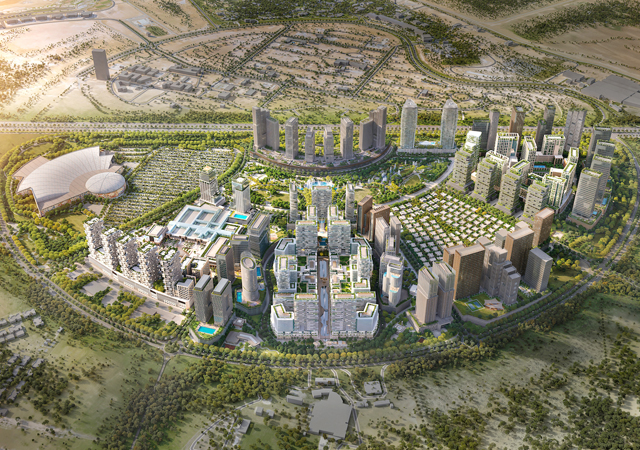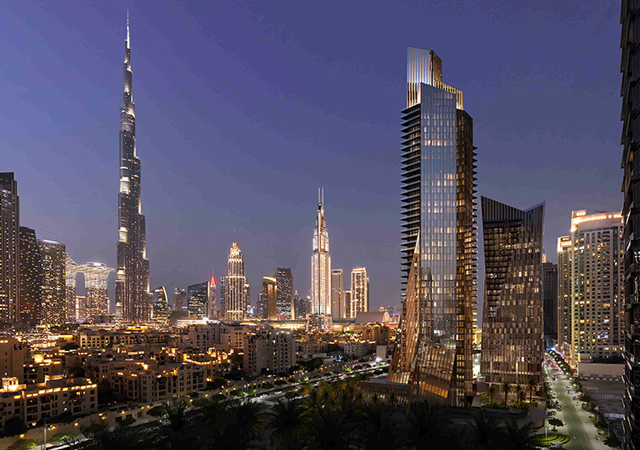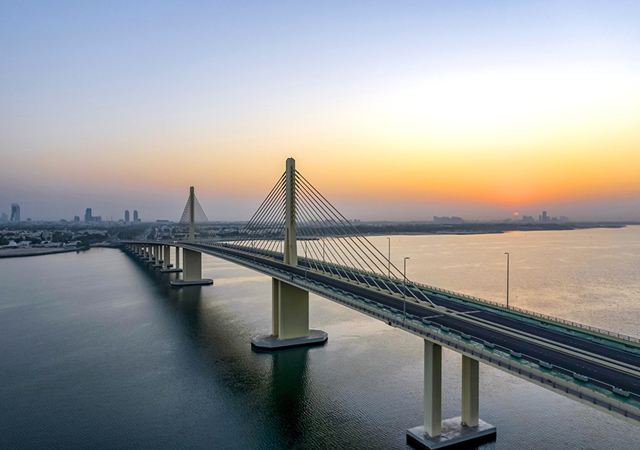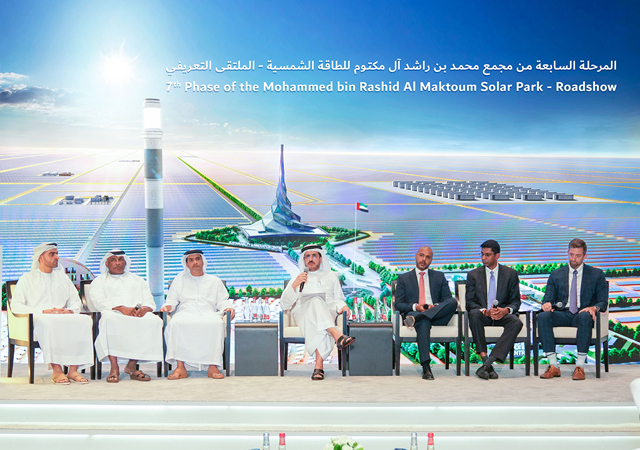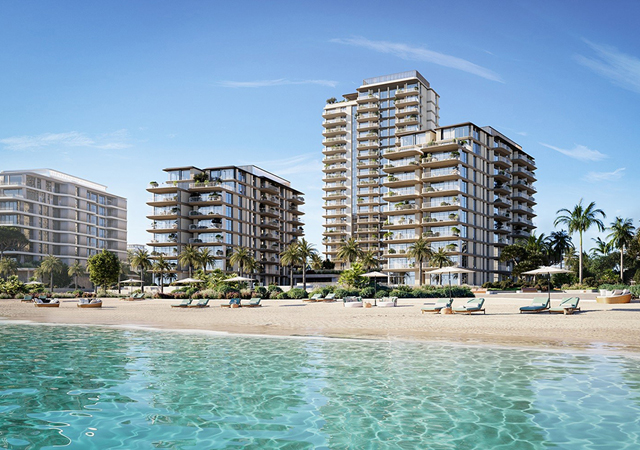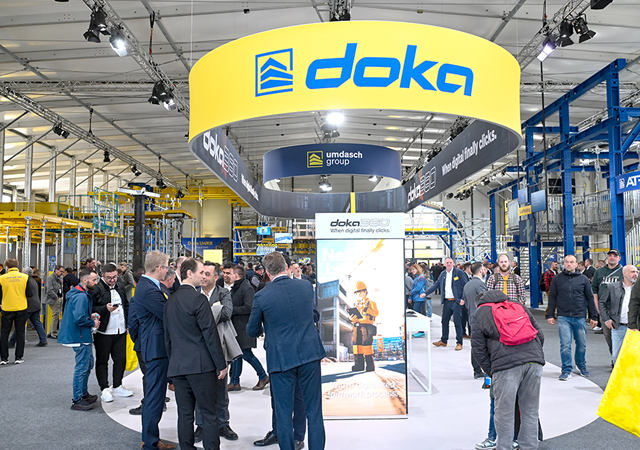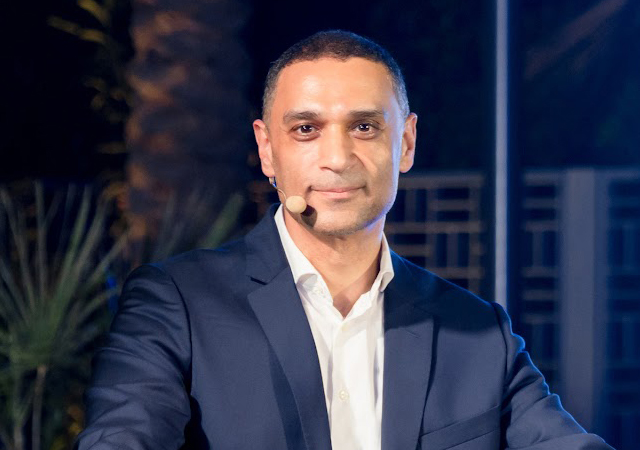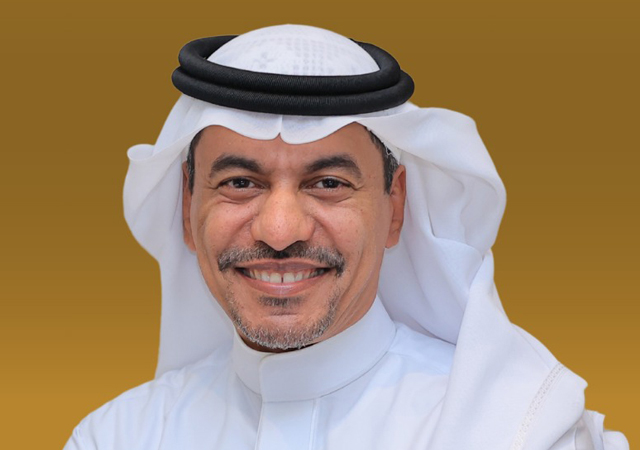
 Masdar City will feature low-rise buildings with solar panels on each roof.
Masdar City will feature low-rise buildings with solar panels on each roof.
The world’s first zero-carbon, zero-waste city is no longer just a vision or an idea, it is now a steadily emerging reality, a senior official of Masdar tells Gulf Construction.
“We are piling for the first building of the Masdar Institute of Science and Technology (MIST) in Masdar City,” says Khaled Awad, director of the Property Development Unit of Masdar, a $15 billion company launched by the Abu Dhabi government for its future energy initiative.
The $22 billion Masdar City in Abu Dhabi will be the world’s first zero-carbon, zero-waste, car-free city when it is completed over seven phases in 2106. The city, which will grow eventually to accommodate 1,500 businesses and 50,000 residents, will be home to the top brass in the field of sustainable and alternative energy. The project, set to run entirely on renewable energy including solar power to exploit the emirate’s constant supply of sunshine, will aim to exceed the 10 sustainability principles of “One Planet Living (OPL)”– a global initiative launched by the WWF (known internationally as the Worldwide Fund for Nature and in the US as the World Wildlife Fund) and environmental consultancy BioRegional.
Masdar City’s electricity will be generated by photovoltaic panels, while cooling will be provided via concentrated solar power. Water will be provided through a solar-powered desalination plant. Landscaping within the city and crops grown outside the city will be irrigated with grey water and treated waste water produced by the city’s water treatment plant.
Once completed, residents will be able to move around the 6-sq-km city via a light railway line and a series of automated transport pods. “They’re like a horizontal elevator. You just say where you want to go, and it takes you there,” Awad says.
Masdar City will feature low-rise buildings with solar panels on each roof. The city will maximise the benefit of sea breezes, and a perimeter wall will protect it from the hot desert air and noise from the nearby Abu Dhabi airport.
Phase One development of the MIST development includes five buildings, with the piling work being carried out by France’s Solentache Bachy.
Being developed in partnership with the Massachusetts Institute of Technology (MIT), MIST – whose faculty is already conducting research in 12 different areas – is the world’s first graduate-level institution focused on alternative energy and sustainability, according to Awad. It will ensure a ready supply of graduates to meet the growing demand within the clean technology and sustainable energy sectors. MIST will be functional in 2009, he says.
Responsive to the culture and spirit of Abu Dhabi, the design of the walled Masdar City is inspired by the traditional architecture and urban planning of the region and embodies Abu Dhabi’s commitment to meeting the current challenges facing the world: energy security, the environment and truly sustainable development. The city’s masterplan has been designed by architects Foster + Partners in conjunction with a consortium of six other companies. CH2 & Hill is managing the project, with Atkins working out the basis of the design and taking the masterplan to the design ready stage. Besides these, Parsus Wenkerhoff is managing the construction of the first building.
With a site area of 700 hectares and a built-up area of 6,000,000 sq m, the city is strategically located adjacent to the international airport. It is linked to the principal transport infrastructure and surrounding communities, as well as the proposed high-speed coastal rail links and local light rail links to Abu Dhabi city and Al Raha Beach development.
Commenting on the concept of a zero-carbon city and how that is achievable, Awad says: “Carbon is present in the construction materials that are used in building the city, the energy that is generated and transportation.
“Now, when it comes to the materials that are used for building the city, as we cannot change the basic nature of things, we will have to use materials that contain carbon. So, to achieve the zero-carbon target, we would need to offset the carbon present in the building materials.
“In the choice of materials, a seemingly obvious approach would be to only use materials that have low carbon in them but there are many other aspects that need to be considered before finalising the material. For instance, durability is an important consideration – specifically how the material in question will sustain itself over a period of time. A material may have a large proportion of carbon in it, but if it can make the building last, then its carbon footprint is much lower than a material that has very little carbon in it, but is not durable. In a way, durability is our prime concern, as with any other project in the region.”
Other factors, according to him include the cost and quality of the material and its carbon lifecycle, which is measured from the time it is produced to the time it is brought to the city.
“Once we have weighed other choices and decided on using particular materials – for instance using slag or fly ash in concrete – then we have to bear in mind the technical requirements of the work at hand to decide on how much slag we need to get the right mix.
“When the choice of materials and required quantities are fixed, we need to quantify and place on record how much carbon is present in the materials that we are using,” he explains.
To undertake the carbon accounting, Masdar has appointed the UK-based Decarbonate and the WWF, under the supervision of its own sustainability group. Decarbonate is helping it create a carbon database of the different construction materials and has also worked out the carbon boundaries for the materials, to help Masdar demark which carbon footprints it is accountable for.
Citing an example, he says: “If a truck transports concrete to the Masdar City, the carbon consumed in manufacturing the truck would not be part of our carbon footprints but just the carbon present in the concrete, and its batching and transporting to the site.”
Based on experience, one common thread, according to him, is that “anything less is less carbon”, hence, the minimalist design principle has emerged as the developer’s guiding principle in its efforts to use less carbon.
But how does Masdar plan to offset the carbon present in the construction materials?
“We will be offsetting the carbon by adopting green strategies, which mainly involve the setting up of extensive nurseries and plantations on the land surrounding the city, which will capture the carbon. Masdar City itself won’t be emitting any carbon, but will be only offsetting the quantity of carbon present in the building materials. The measuring of carbon offset will be done by
referring to standard conversion charts, which define the quantity of carbon a particular tree or plantation consumes,” he says.
In the future, the city will be also sending its surplus energy to the grid, which is another means of offsetting carbon.
Reliance on renewable energies
Speaking on energy production, he says that Masdar City will achieve carbon neutrality from day one with a target of zero carbon. Using advanced energy technologies such as photovoltaics (PV), concentrating solar power (CSP), wind turbines and converting wastes to energy, the city will be going totally down the renewable energy route.
“Electricity will be generated by PV panels, while cooling will be provided via concentrated solar power,” he comments.
A variety of PV panels will be used, including monocrystalline, polycrystalline and thin film. A solar-photovoltaic power plant will deliver energy to buildings and solar canopies will be used to provide shade, as well as power.
Fresnel technology will be used in CSP generation. It will provide electricity for the production of cooling with absorption chillers.
Additionally, wind turbines are planned to be located at the south of the site. Their projected power output is seen as sufficient to take care of the base load to cover the lighting requirements of the city.
As part of its drive to become a world leader in alternative energy, Masdar plans to embark on an approximately $2 billion investment in thin-film PV solar technology. The investment will fund a three-phased manufacturing and expansion strategy to produce the latest generation of thin-film PV modules.
Out of the total planned investment, Phase One of the project involves an investment of $600 million, which will fund the development of two manufacturing facilities – the first, in Erfurt, Germany will be operational by the third quarter of next year, while the second facility in Abu Dhabi will begin initial production by the second quarter of 2010 for the Masdar City.
The combined annual production capacity of these two sites will be 210 MW.
“Masdar chose Germany as the site for its first plant because Germany is currently the centre of the global PV industry. This German plant will act as a reference plant for technology and knowledge transfer to the larger Abu Dhabi plant by a joint German-Abu Dhabi team,” a company spokesperson says.
Commenting on this initiative, Dr Sultan Al Jaber, CEO Masdar says: “Thin-film PV is a key part of our build-deploy-develop strategy to actively build a strong position in alternative energy.
“‘This marks a major milestone for Masdar and Abu Dhabi. It will not only establish Masdar as a major global PV player, but will be the first high-tech semiconductor nano-manufacturing facility of its kind in the entire region, positioning Abu Dhabi as a developer and producer of clean technology.”
Besides these alternative energy technologies in Masdar City, according to Awad, there will be a 75 per cent reduction in installed power capacity.
“Masdar City will require approximately 200 MW of installed clean power versus more than 800 MW of installed capacity to power a similar city based on conventional design.”
Regarding transportation within the city, Awad points out that no cars will be allowed in the city, thus further reducing its carbon footprint.
“Masdar City will deploy an integrated transportation system that utilises a revolutionary personal rapid transit system which, together with pedestrian and public transit methods, will safely move people, goods, and emergency services in a multi-level, barrier-free environment,” he says.
Zero waste
Talking on the zero waste concept for Masdar City, Awad says that the developer sought to provide an environment that enables a zero-waste lifestyle and eliminates landfills completely.
“We plan to accomplish this through three measures: recycling most of the waste, composting part of the waste so we can create more fuel, and thirdly, to create energy from the waste that cannot be recycled. Also, organic waste and sludge will be used to generate bio gas,” he says.
Masdar City also aims to reduce domestic water consumption to 80 litres per capita per day compared to 120 to 180 litres per capita per day for other high-performing systems.
The vision
The main drivers behind the vision of Masdar City are the leaders of Abu Dhabi, who are seeking to create a silicon valley for renewable energy companies, Awad says.
The zero-carbon city, part of the wider Masdar Initiative launched by the Abu Dhabi government in 2006, is also a flagship project of the global conservation group WWF.
“We hope that Masdar City will prove that sustainable living can be affordable and attractive in all aspects of human living – from businesses and manufacturing facilities to universities and private homes,” says Jean-Paul Jeanrenaud, director of the OPL initiative.
“Masdar City will seek to attract and encourage collaboration between experts in sustainable transportation; waste management; water and wastewater conservation; green construction, buildings and industrial materials; recycling; biodiversity; climate change, renewable energy and green financial institutions,” says Awad. “We are telling companies involved in these fields: Come, build with us, partner with us, stay with us and develop solutions together to address global energy and sustainability issues.”
Speaking on the reasons why Masdar chose to be a part of the OPL programme, Awad says: “We did have a look at other rating systems for buildings such as Leed etc. But these systems, as of today at least, do not factor the carbon content of the buildings, unlike the WWF’s One Planet Living programme. Its basic quest centres around: ‘How can one have a progressive society that consumes less than what the planet is offering?’
“For example, if the present consumption rate of Abu Dhabi or the US is applied to the world population, then we would need seven planets. Masdar City aims to be less than one planet, which is the general principle it is founded on.
“Our long-term social goal is to create a society that consumes less, not by forcibly changing the behaviour of people but by giving them the technological tools and making them aware of their behaviour. We think that awareness will create change, though we will not enforce change.
“At Masdar City, we will always inform the people the quantity of water, electricity, and other things they are consuming, and how much carbon footprint that potentially leaves. We will give them real-time information, which will enable them to understand that changing their behaviour will only affect their lives in a positive way,” he concludes.


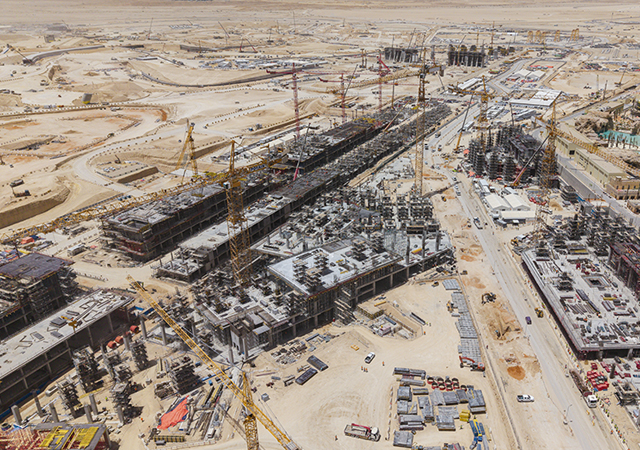
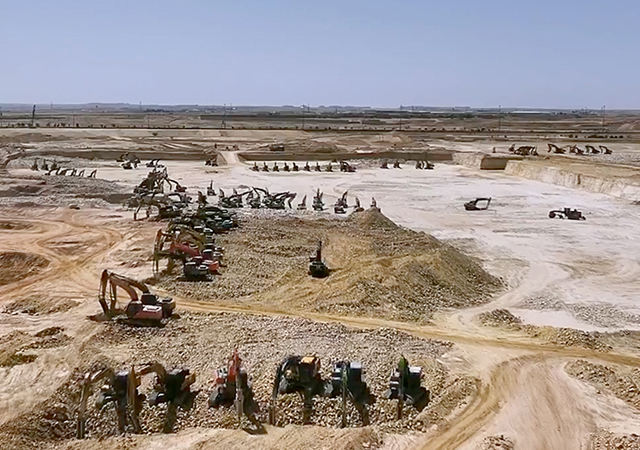
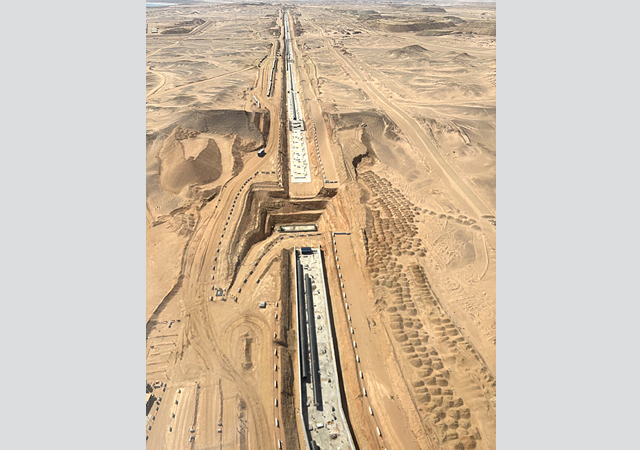
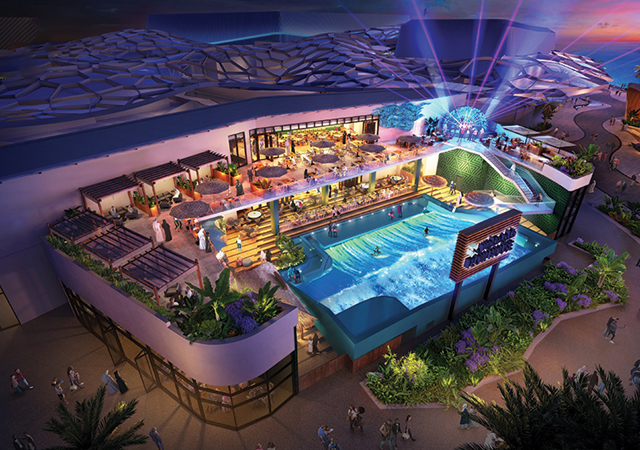
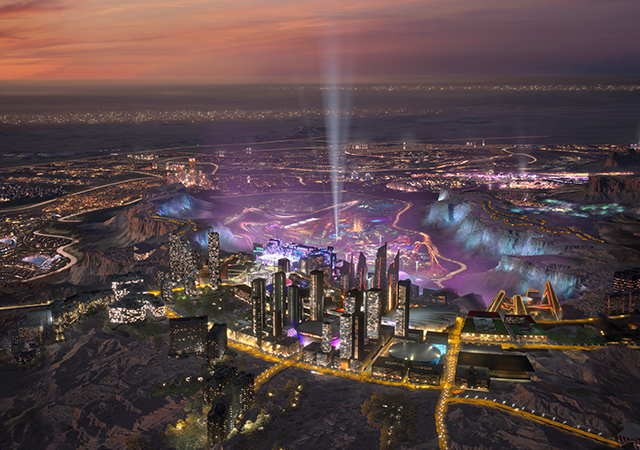
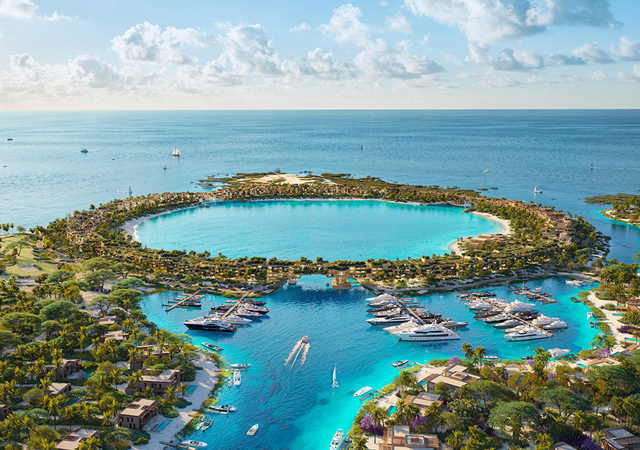
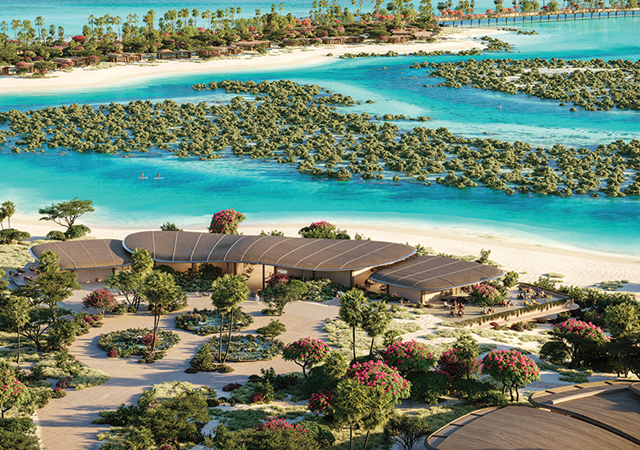
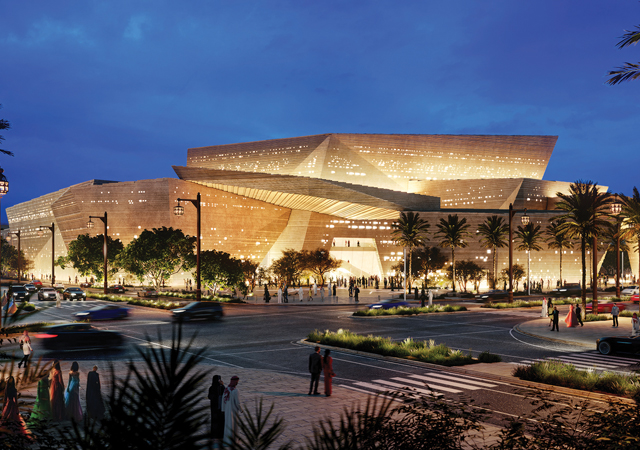
 BIG.jpg)
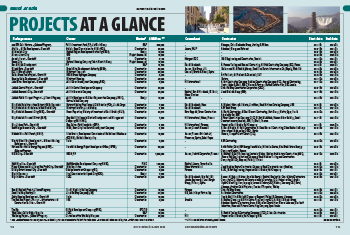
.jpg)
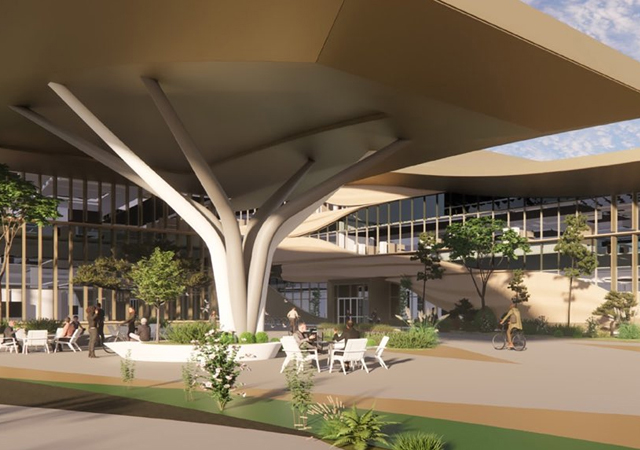

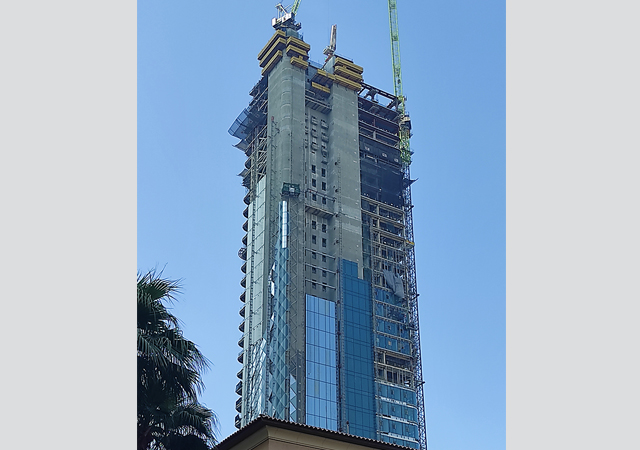


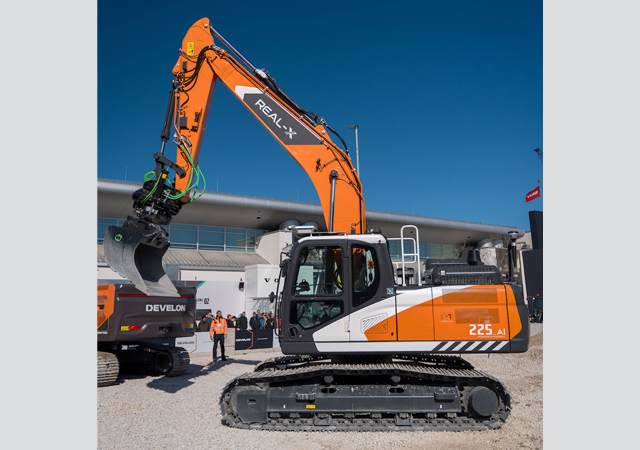
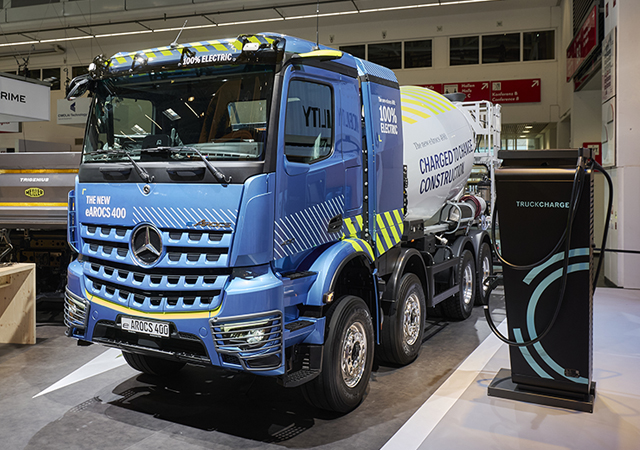

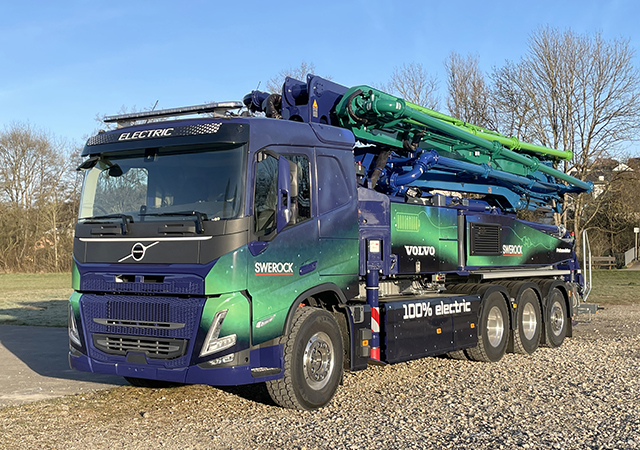

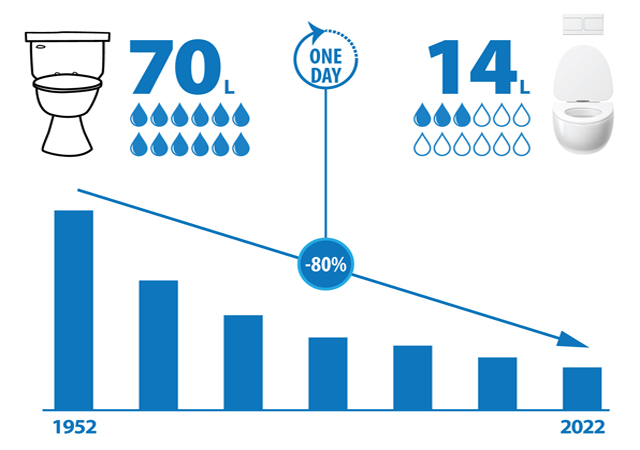

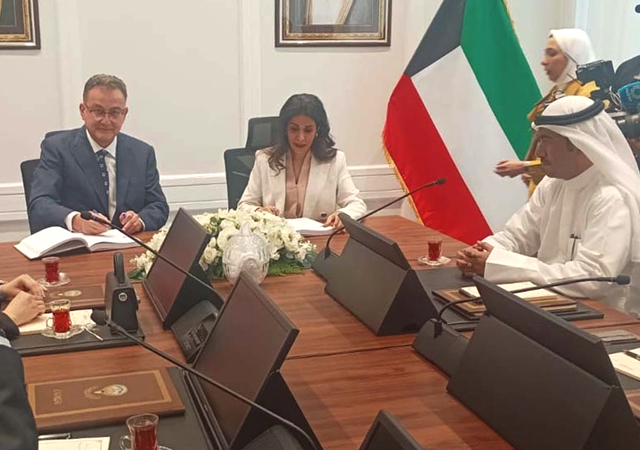
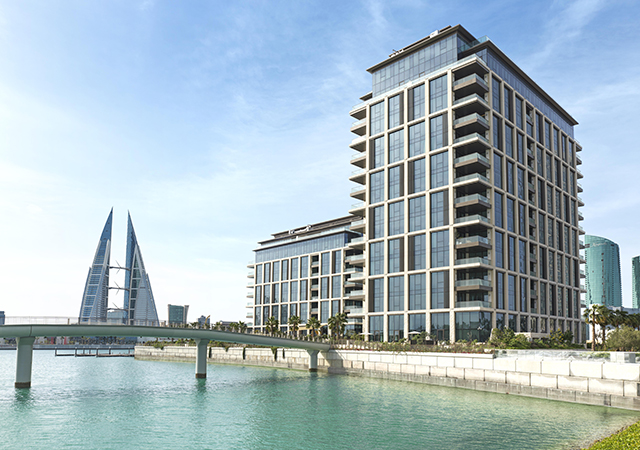
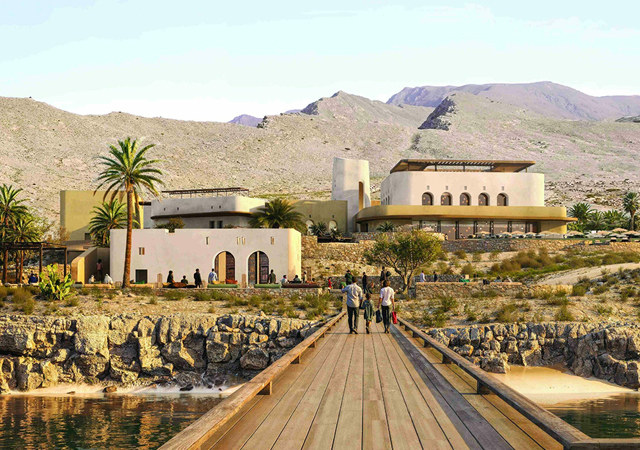
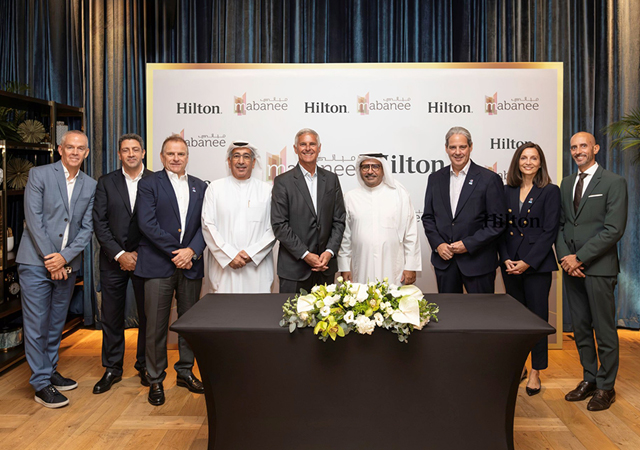
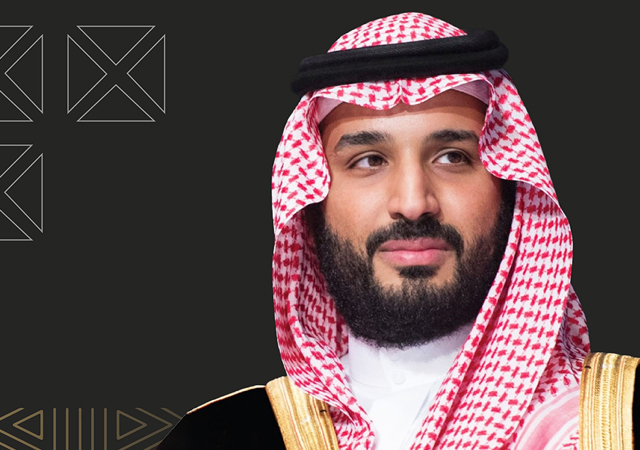
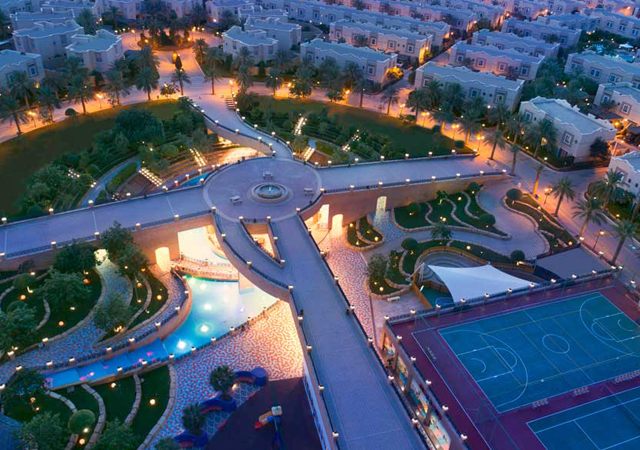
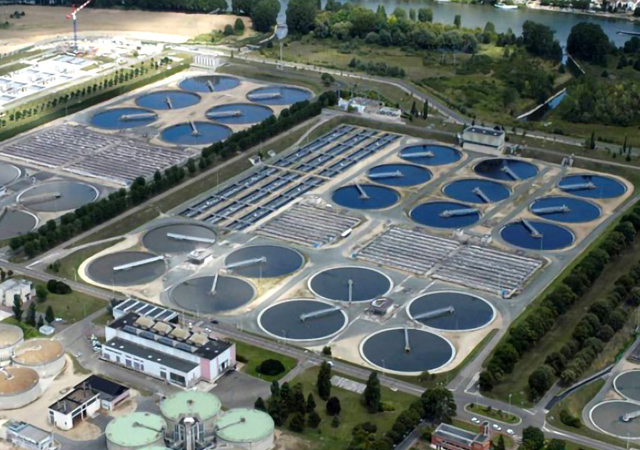
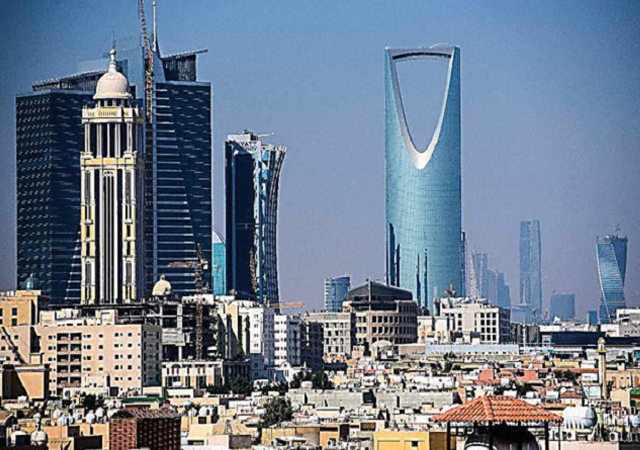
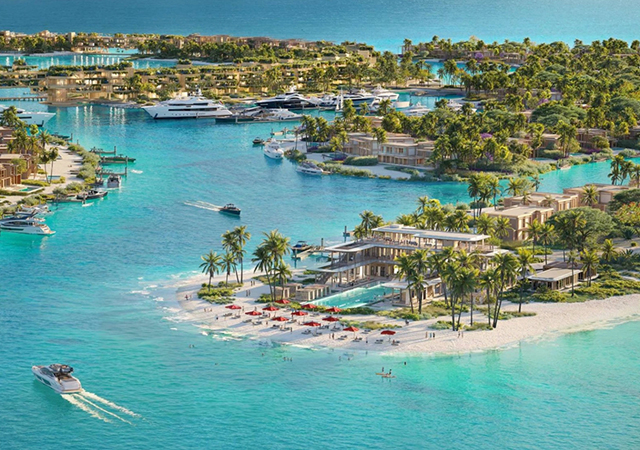
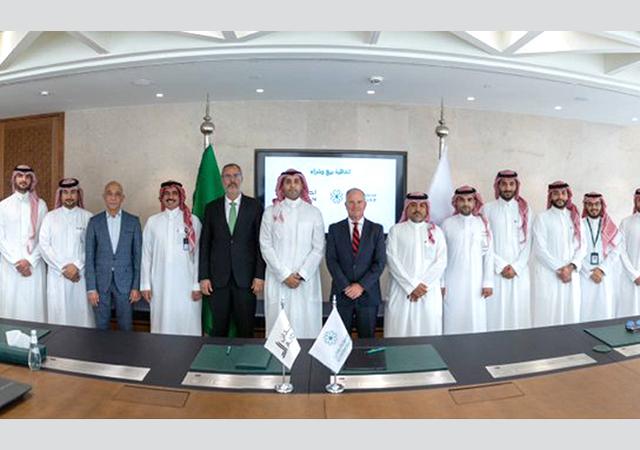
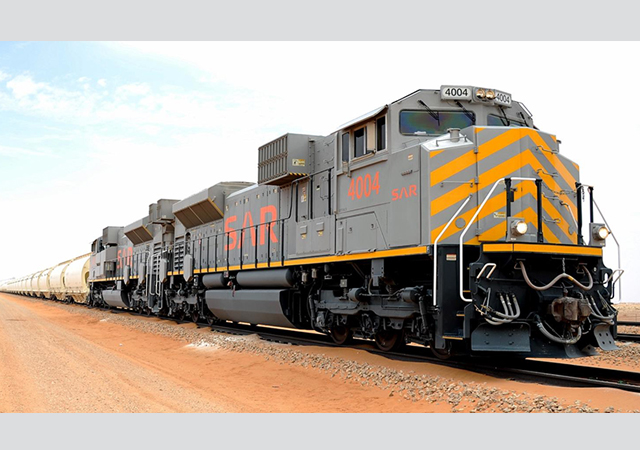
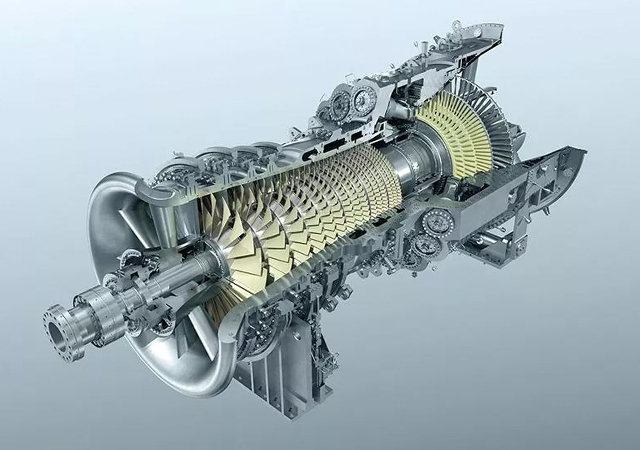
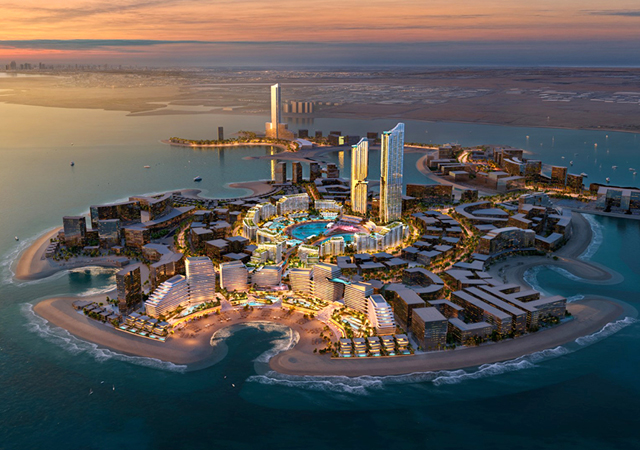
.jpg)
